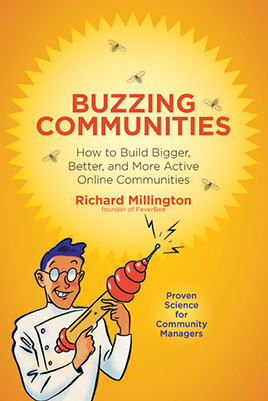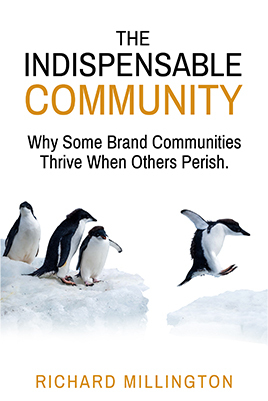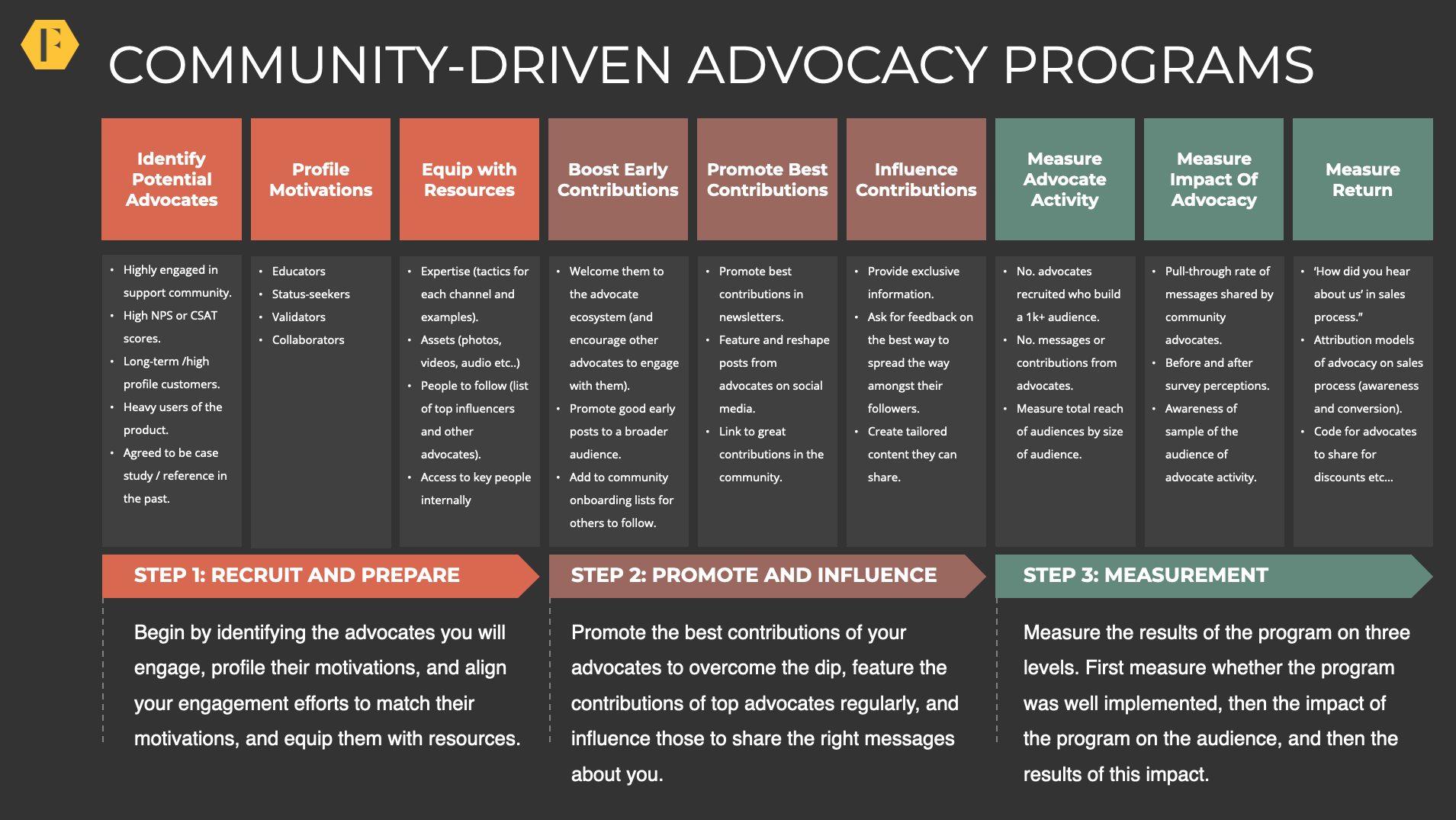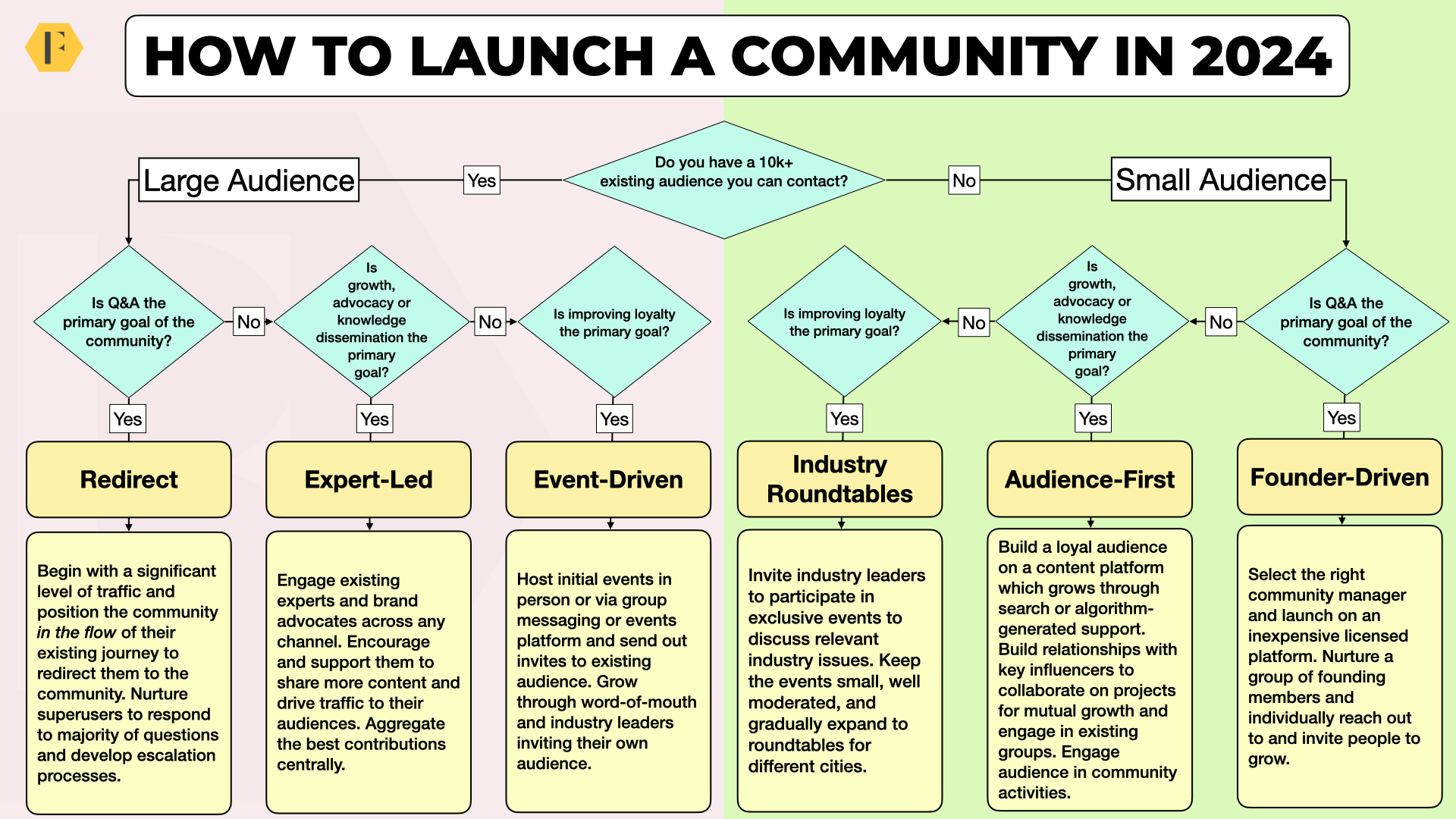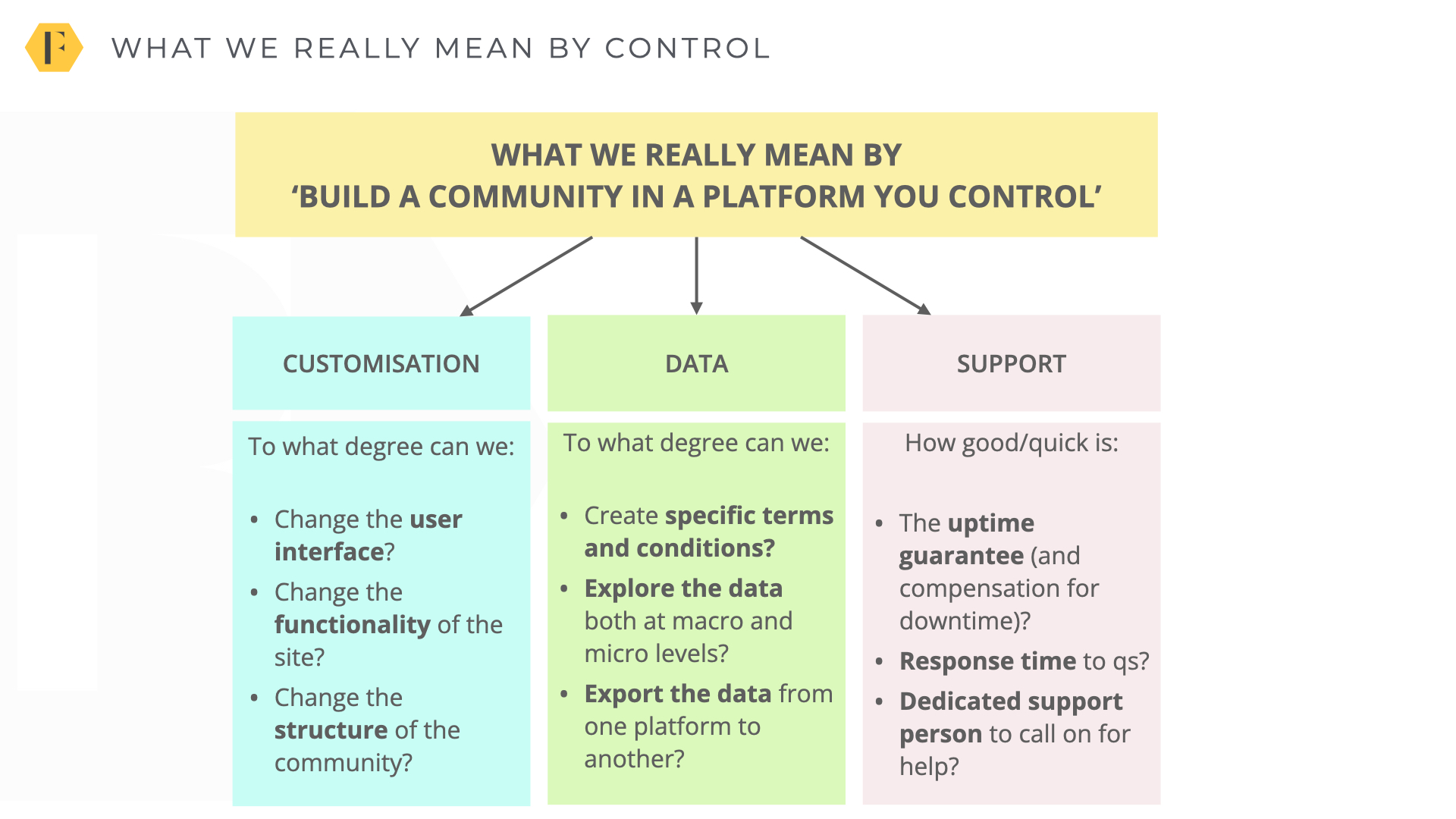There are several ways to diagnose this.
I like the BJ Fogg model. We’ve mentioned this before.
Think of through the motivation/ability/trigger prism.
1) Are members motivated to participate?
2) Do they have the ability to participate?
3) Is there a trigger to participate?
Motivation
Most communities fail at this stage. This comes in three forms; pleasure/pain, hope/fear, social acceptance/rejection.
To build motivation you need to get the concept right.
The community concept shoud be based around either something pleasurable (e.g. discussing latest film news is a pleasurable activity in itself), or reducing pain (e.g. solving a common problem), or creating hope (achieve a personal goal / benefit through participation), or reducing fear (learn enough to avoid problems), or feeling a part of a special group (or not being rejected by the group.
Some of these are natural fits for different types of community (action, interest, circumstance, place, practice).
You need to ensure all messaging of the community is aligned with the motivational benefit (see touchpoint analysis).
Then, assuming members have joined the community, you need to make them aware of the benefit of participating. This has to be subtle, not overt. Publish stories or messages that related to the benefit without declaring “Now Mark is no longer afraid of {x}“.
Ability (Simplicity)
The second is ability. There are several reasons why your members don’t have the ability to participate. These are:
2) Money. If something is expensive (or perceived to be in relation to value), we’re less likely to do it. This is rare for communities. In fact, spending money to join the community actually increases levels of participation.
3) Physical effort. If something requires a significant physical effort, we’re less likely to do it. Similar to time, don’t imply there is a large effort required to regularly participate. Keep things simple.
4) Brain cycles. Anything that causes people to think too hard. Don’t bombard members with too much information. Don’t overwhelmed members when they first join or visit the community.
5) Social deviance. If the expected contributions cause members to depart from the normal anticipated behaviour of the group, they don’t do it. One former client had a culture of not sharing information in a community because rival work groups might steal it. It’s hard to fight against social deviance. Easier to embrace it and include it in your systems (e.g. the competitive streak to beat rivals).
6) Non-routine. People don’t like to do things which aren’t part of their normal routine. The challenge here is to co-opt existing behaviours to encourage members to participate. If members already share information by e-mail, complain about issues in a particular way, then bring these habits into the community.
Trigger
Finally, if the motivation is high and the task is simple, they’re not doing it because there is no trigger to make them do it. There is nothing in their daily routine which solicits a visit and contribution to your community. We discussed triggers before here (and here).
You have to identify an existing habit which you can use as a trigger to get members to visit the community. You have to heavily push and spread that habit in a small group until it becomes common practice. The trigger might be asking for help in a slightly different wat. It might be visiting during lunch or after the morning e-mail is complete.
Very often, this is the hardest part.
Diagnose your community, identify the likely problem, and make specific changes to resolve the problem.
